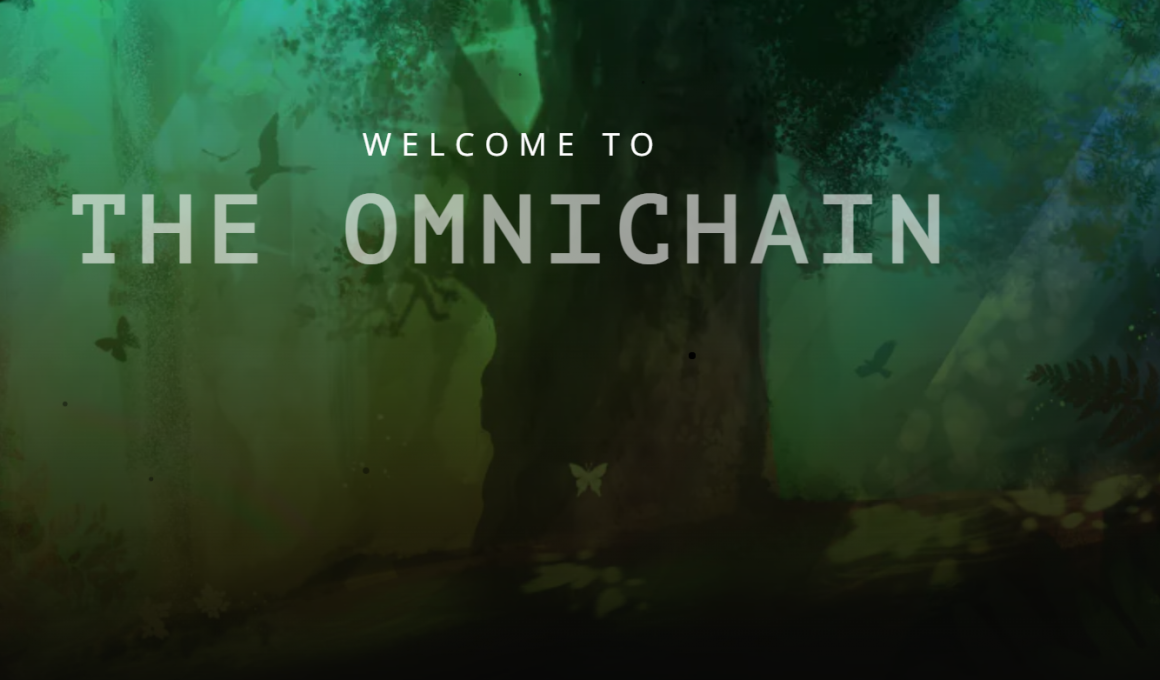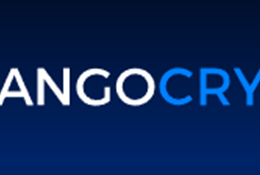Cardano Cosmos Bridge
Interoperability is the next stage for the decentralization of the crypto industry. The greater the connectivity between blockchains, the greater the decentralization of the total ecosystem.
Blockchain interoperability expands the flow of assets in the blockchain world as a whole, and this is essential for DeFi to really work. At the end I leave an article I wrote on this topic (1).
Currently, the most significant advantage of the CEXes (Centralized Exchanges) is their interoperability between chains, but in a centralized way. For DeFi to be truly successful, on-chain funds must be liquid and fluid across ecosystems. This will be substantial for Cardano to integrate with existing and new global DeFi structures.
Cardano has projects like Milkomeda, which interconnect Cardano with Solana and with Algorand, but there is currently no way to send Cardano tokens to the Cosmos blockchain, or vice versa.
EVM (Ethereum Virtual Machine) has become a standard for cross-chain operations, and for that interoperability, every project can connect and interact with EVM.
Omni-EVM is a bridge to Sifchain, for any EVM compatible blockchain. Sifchain is a Cosmos DEX that interoperates with Ethereum, using that cross-chain technology.
Cosmos is a network of sovereign blockchains, which communicate through its Inter-Blockchain Communication (IBC) interoperability protocol, based on TCP/IP (Internet protocol suite), which allows asset transfers. Its native token is ATOM. The Cosmos Hub, also known as “Gaia”, develops its activity with Proof of Stake consensus, routing IBC packets, between blockchains within the Cosmos network.
The proliferation of interconnected chains, specific DApp ecosystems and community driven development has resulted in the launch of thousands of application projects on Cosmos in less than 3 years.
Sifchain Cardano-based projects will be able to interact with Cosmos and assets.
The bridge will be an updated set of smart contracts, called Peggy 2.0, to which the existing Peggy 1.0 contracts will be migrated, (which is the bridge that connects Cosmos Sifchain to Ethereum).
There are risks to interoperability that the team sets out to address. You can read my article to know the risks of interoperability in blockchain (2).
The first risk is the fluctuation of developers in the current construction phase of the Blockchain, which makes it difficult to hire and maintain capable developers, it is a bottleneck. The Omni-EVM team has 7 members for development, (see below, The Team)
The second risk is hacks, since the bridges have become targets of attack. The team has hired the auditing companies Certik and Halborn, as well as two independent developers.
The third risk is the global regulations that DeFi will have, and that will make development and adoption difficult. Sifchain works with an internal legal team with a conservative approach, SifDAO, a Decentralized Autonomous Organization that controls many government decisions, seeking decentralization in all aspects of the product.
The Roadmap
- Migration Scripts – July 2022. Deliverable: Scripts that migrate the smart contracts to Peggy 2 including user data.
- Migration Testing – August 2022. Deliverable: Testing verifying that user data and smart contracts are accurately migrated by the scripts.
- Load Testing (Peggy/Sifnode) – August 2022: Deliverable: Testing demonstrating that transactions can be conducted over the bridge in an environment whereby 100K tokens exist and that TPS is greater than 10
- Sifnode Upgrades (For Peggy 2.0) – September 2022. Deliverables: Tokenregistry Modifications, Modify token registry to store Peggy 1.0 denom , Store old denoms in the field instead of removing them, Check tokenregistry usage to verify logic, Remove IBC Export, CLP permission for old denoms (Which have Peggy 1.0 name in base denom ), IBC Modifications, Modify OnRecvPacket to burn Peggy 1.0 denom and mint Peggy 2.0 Denom, on IBC import of Peggy 1.0 token, CLP Modifications, Add migrator for CLP pools, Add migration of reward period to new denom, Bank Module Modifications, Wrap sdk Bank Module in a custom Module, Add migrator for all account balances to migrate to a new denomination
- Initial Audit Remediations – September 2022. Deliverable: Code changes and explanations for issues found by auditors
- Final Auditing and Testing – October 2022. Deliverables: Formalized audit report by Halborn, Certik, Denali, Elliot outlining final audit and remediations, Passing integration and regression tests
- Launch – October 2022. Deliverable: Peggy 2.0 updated relayer, witness, Sifnode, smart contract, and UI code with working testing/migration scripts connecting Sifchain and Ethereum
- Connection with Cardano – November 2022. Deliverable: Integration of Peggy 2.0 with Cardano, allowing users to import/export assets between Sifchain & Cardano with the Sifchain UI.
Progress can be measured:
- 1st Metric: Volume of Sifchain / Cosmos assets being bridged to Cardano and Volume of Cardano assets being bridged to Sifchain / Cosmos
- 2nd Metric: Mentions of Omni-EVM and the bridge to Cardano in our influencer and PR campaign.
- 3rd Metric: TVL (Total Value Locked) of Sifchain / Cosmos assets being bridged to Cardano and TVL of Cardano assets being bridged to Sifchain / Cosmos.
The Budget
The technical nature of Omni-EVM allows it to bridge multiple ecosystems. That’s why the team is spreading costs across those ecosystems, rather than asking for the total in this proposal.
Current funding estimates include the final version of the bridge. The bridge will not need further funding in the future as it will be maintained with Sifchain funds.
Omni-EVM total cost: $1,449,500 x 10% = $144,950.
Rounded application amount: USD 150,000
Breakdown
- Audits USD 340,000: Halborn USD 100,000 + CERTIK USD 240,000
- Development USD 1,260,000: Peggy Development Team (includes 1 PM, 5 engineers, 2 dedicated testing resources): USD 105,000/ month. Development has been in progress for roughly 9 months. The remaining development will take 3 months.
- BizDev & Promotion USD 45,000: Application costs USD 10,000 + Engaging with users and projects building on Cosmos and Cardano to utilize the bridge USD 10,000 + PR & Influencer awareness campaign USD 25,000
- Community Management & Support USD 4,500: Extra support resources in telegram & discord to assist users in utilizing the bridge.
Writer’s Note: Audits $340,000 + Development $1,260,000 + BizDev & Promotion $45,000 + Community Management & Support $4,500 = $1,649,500
The Team
Jazear Brooks and Aidan Musnitsky say they have been in the blockchain space, and more specifically in the cryptocurrency space, for a total of 13 years. Snowfork, a company started by Aidan, built Snowbridge, a bridge between Polkadot and Ethereum.
Co-founder Jazear Brooks tells us that he was a lead developer on ThorChain and was responsible for developing Sifchain’s Peggy 1.0 bridge from Cosmos to Ethereum.
Joining Jazear Brooks are:
- Aidan Musnitzky, CTO
- Jon Hancock, Director of Engineering
- Casey Arrington, Director of Product/BD Director
- Tim Lind, Principal Engineer Sifnode
- Tien Nguyen Khac, Front End
- Alan Soares, Front End Engineer
- James Moore, engineer at Peggy
Auditors:
- Elliot Friedman and Denali Marshi
- Halborn: Performed a security assessment of all protocol code on Sifchain nodes and the Ethereum bridge, Peggy, prior to production release. They also audited Sifchain’s token sale smart contracts. Preliminary Sifnode, Certik Relay Audit
- Certik: To protect your users by finding and fixing known vulnerabilities that could cause unauthorized access, loss of funds, cascading failures, and/or other vulnerabilities. Sifchain appointed CertiK to review and verify the implementation of the Sifnode project against their specifications.
You can read the original proposal on Catalyst SifchainOmni-EVM
. . .










